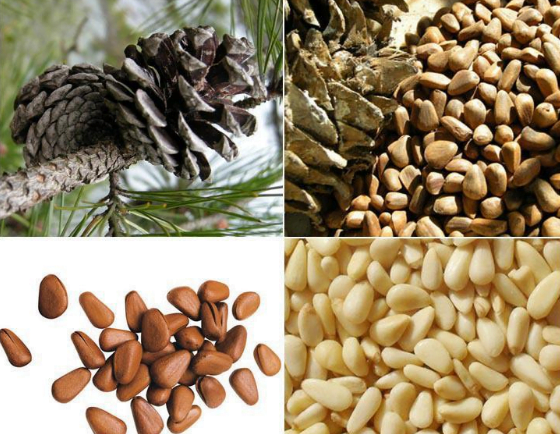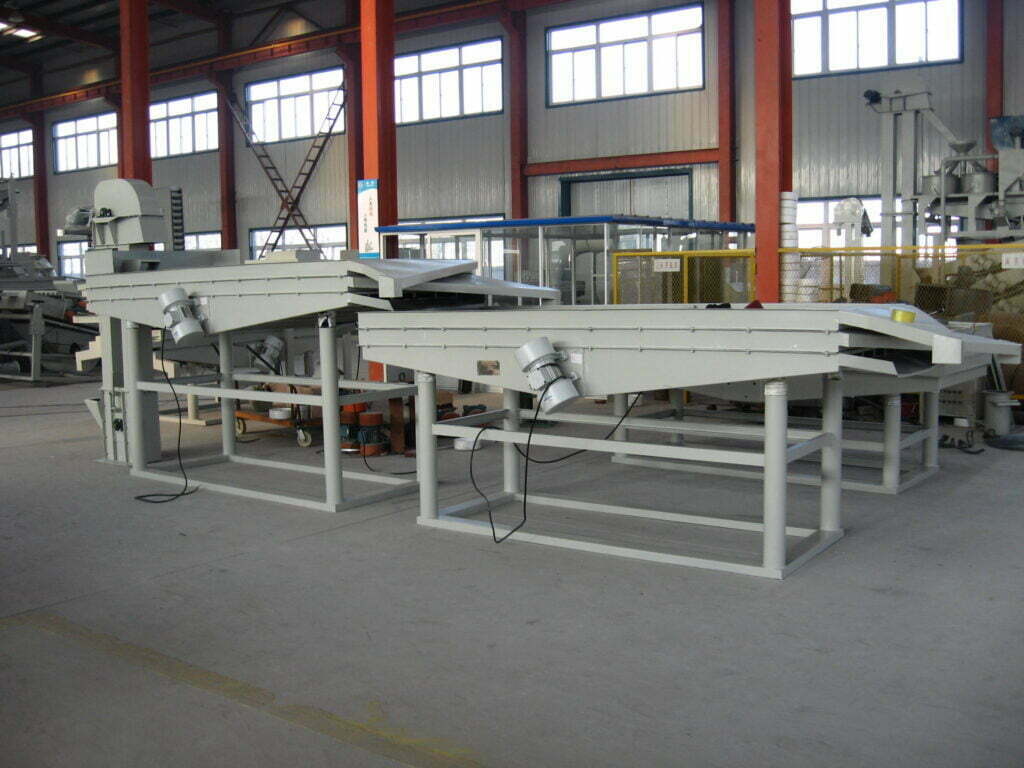In addition to being eaten directly, pine nuts can also be used for cooking, such as common pine nut corn and pine nut tripe. At the same time, pine nuts are often used in making pastries. A small pine nut can transform infinite possibilities to achieve deliciousness on the tip of our tongue. In addition to distinguishing colors when buying pine nuts, pay attention to the following 3 details for pine nut classification. More importantly, classifying pine nuts is one of the significant steps in the pine nut shelling production line.

Look at the color to classify pine nuts
When buying pine nuts, we can see the color of pine nuts through the opening, and high-quality pine nuts are white. Light yellow is worse. If it appears dark yellow or red, it means it has deteriorated.
See if there is a bud
The first thing to note is that if the raw pine nuts have sprouted, they cannot be eaten. The sprouts are poisonous. Of course, when we buy cooked pine nuts, we will also encounter bud cores. This is because the air pressure and high temperature break the fetal buds in the pine nuts during the stir-frying, so the bud cores can be seen. Try not to choose pine nuts with bud cores for purchase. If you have to buy them, you should choose the ones with white bud cores to buy first.
Feel the humidity for pine nut classification
First of all, we can grab a handful of pine nuts and shake them in our hands. The sound of dry pine nuts is relatively crisp. At the same time, we can peel a pine nut to feel it. If it is very easy to peel off, and the coat wrapped with the pine nut can be seen to be wrinkled and can be peeled off with a light touch, it means that the pine nut is of good quality and very dry. On the other hand, if the shell of the pine nut is relatively soft, or the coat that wraps the pine nut is not wrinkled and does not peel off easily, it means that the pine nut is damp.

